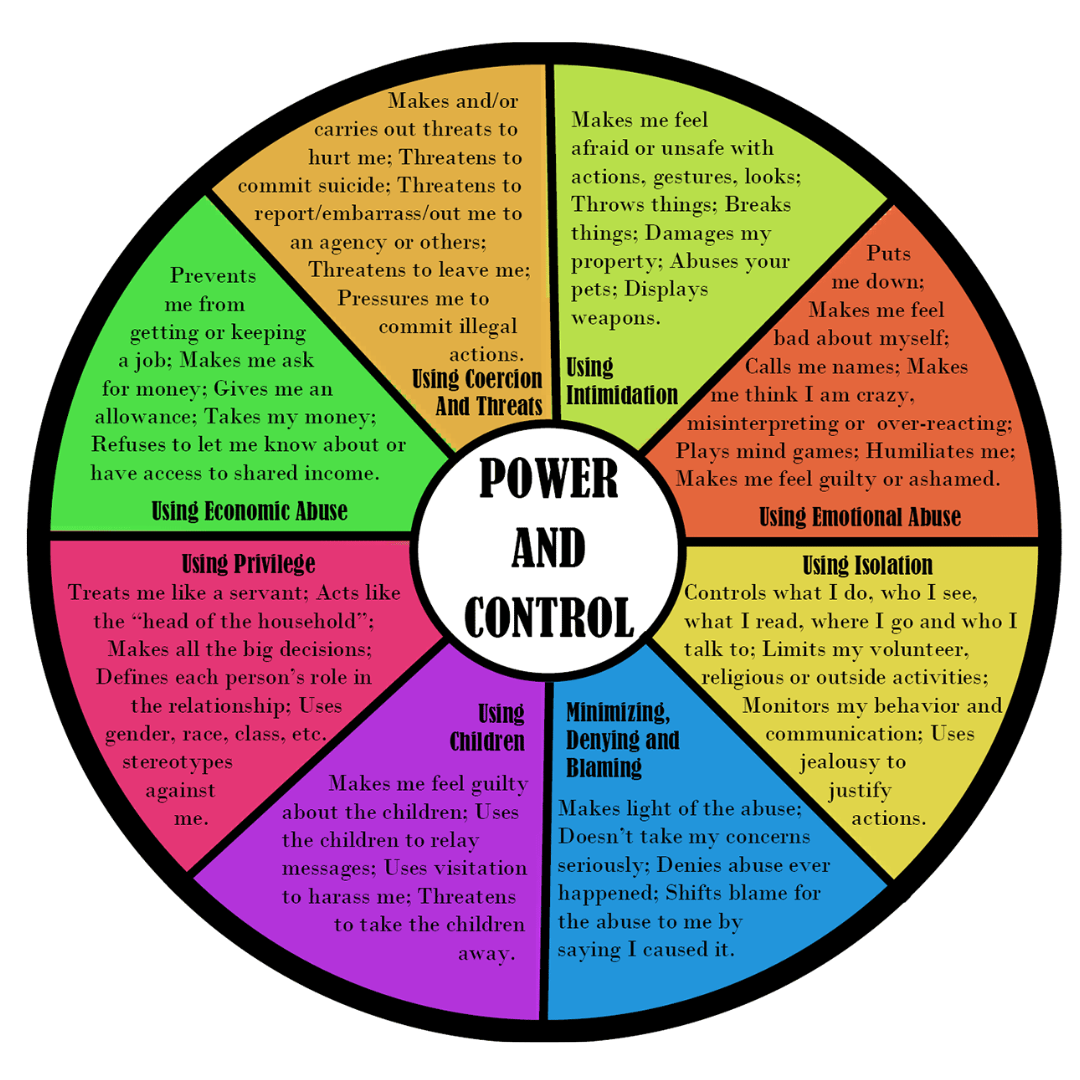Her Story, Our Story
When her marriage started to become really confusing and she began to step out and ask questions of other married women, Angie* began to realize that her marriage was drastically different from theirs. One reason she didn’t know that was because of isolation. The way she was isolated was that her husband would get very upset if he ever knew she was talking about anything he did or said, even things that seemed completely innocuous. She didn’t want him to be angry with her, which usually resulted in a silent treatment, so his anger caused her to keep her questions to herself. That is, until she found the tape recorders and prescription drugs. Even she knew that wasn’t right.
Angie told these things to a friend who if she had ever been to a group session at the local domestic violence shelter. Of course she hadn’t! Why would she go there? He wasn’t beating her. Angie’s friend encouraged her to go anyway, and the seriousness in her voice convinced Angie to call.
Angie ended up going to the next support group session, feeling very out of place. It started with the women telling their stories, and within the first couple of sentences, she was sobbing. Every woman in that circle told her story. Yes, some of them had experienced physical violence (Angie had not), but all of them experienced the fear of making their husbands angry, the silent treatments, the financial secrets, and more. When her turn came, Angie was sobbing so hard she could not lift her head. She realized she was in a domestic abuse situation, and she had to admit it.
After everyone had taken a turn telling their story and the counselor gave some words of encouragement and advice, Angie remained in her seat with her head tucked as far as it would go into her chest. She learned later that what she was experiencing was called shame. Even in this group, she could not lift up her eyes. The ladies filed out, each one stopping to put a hand on Angie’s shoulder and tell her she understood. When she was left alone, the counselor came and sat down next to her. She handed her the diagram below and called it the “Power and Control Wheel.” It changed her life.
https://www.thehotline.org/identify-abuse/power-and-control
She failed to realize that no one could see what was happening at home because it didn’t happen anywhere else. Abusers don’t mistreat their wives in church pews. She also realized that it was not reasonable for her to live with being recorded, so she asked my husband to stay with his parents while they worked things out. She didn’t want to be divorced, but she could not live under surveillance. He refused, so she told him she would have to file for separation.
He responded by telling her that if she filed for separation, he would divorce her. At this point, Angie had been a stay-at-home mom for nearly 16 years, and divorcing her would be financially devastated. Still, she could not live like that, so she went through with it, threats and all.
What she later learned was that people who love you don’t threaten you. It is clear now that he was unhappy and looking for a way to be apart from her while making it her fault. He succeeded. To Angie’s utter surprise, many people blamed her for breaking up her family. The reality is that most people do not understand domestic abuse.
The next graphic Angie was given by the local domestic violence shelter was this one: The “Equality Wheel”. It also changed her life.
https://www.socialworkerstoolbox.com/the-equality-wheel-the-duluth-model
This graphic - and a LOT of counseling - helped Angie filter out abusive people, both male and female, and showed her what loving people act like. Today, her friend group is smaller but more genuine and healthy.
Please share these graphics with anyone you think might benefit from them.

